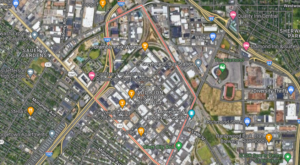
Try to imagine Scott’s Addition as flat farmlands. Two hundred years ago it was part of Bellville, an 800-acre estate owned by John Mayo, and became part of the dowry of Mayo’s daughter when she married Winfield Scott in 1817.

Try to imagine Scott’s Addition as flat farmlands. Two hundred years ago it was part of Bellville, an 800-acre estate owned by John Mayo, and became part of the dowry of Mayo’s daughter when she married Winfield Scott in 1817.
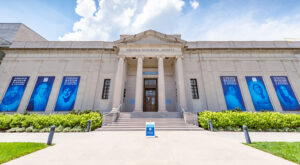
Last month, the venerable historical and educational institution, which Chief Justice John Marshall founded in 1831 on what’s now Arthur Ashe Boulevard, unveiled a reconceived, 250,000-square-foot, $30 million museum and research center.
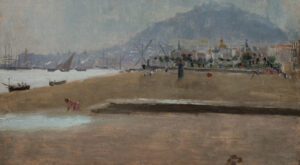
To encapsulate a half century of such vital artistic activity in France in one exhibition is a neat trick. But the 100-plus artworks from leading international museums are arranged in a sequence akin to nine intimate exhibits with a shared narrative.
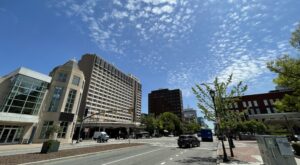
The intersection of Fifth and Broad streets, fed by traffic from Interstates 95 and 64, is many visitors’ first impression and only experience here.
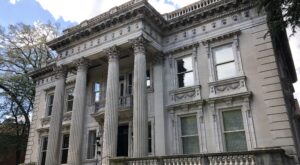
“The Gilded Age” producers could have made Richmond a stand-in for Manhattan considering our trove of period-appropriate landmarks.
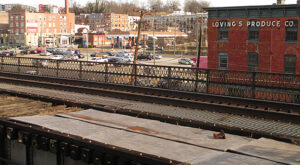
The desolate contiguous blocks that stretch to the present Exxon station at Broad and North 18th Street provide a blank slate upon which a densely-built, mixed-use district can be built.
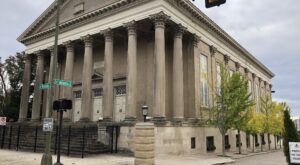
The former church building is a perfect rendition of the Maison Carrée, a 2-4 CE Roman temple that still stands in Nimes, France.
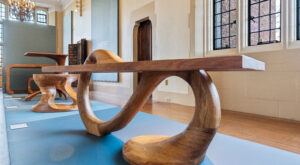
Sam Forrest, who made his way to Richmond for college in the late 1960s, sculpted the 40 often sensuous wooden pieces that are on display until April 14.
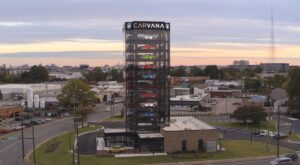
The 12-story glass and metal car “vending machine” upped the ante in a refreshing way on Westwood Avenue.
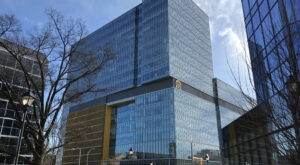
The new skyscraper could be a harbinger of better design to come to an architecturally fractured part of town.
Update your browser to view this website correctly. Update my browser now